Alcohol Experiences – USA

In this Collaborative Filmmaking study, we seek to examine upstream structural determinants and current neighborhood conditions that contribute to alcohol inequities in Pittsburgh, PA, USA. The study was supported by generous funding from the Pittsburgh Foundation, under The Pittsburgh Center on Alcohol Research and Education (PCAREs) project at the University of Pittsburgh.
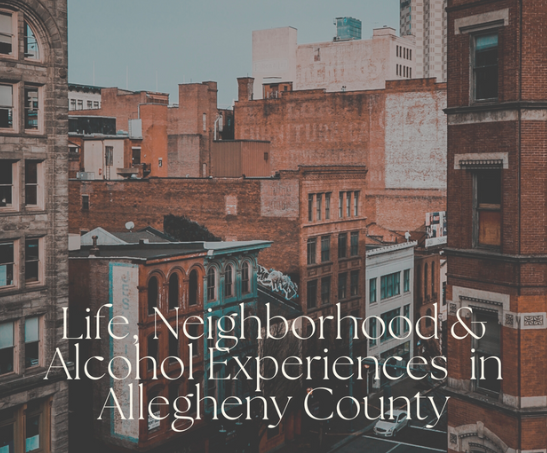
Alcohol inequities exist for various populations in the US. Neighborhood conditions encompass a range of risks (lack of safe housing, high crime rates) that increase substance use and supports (access to supermarkets, health care, public transportation) that promote healthy living and counteract the harmful effects of negative structural determinants. While the relevance of neighborhood in alcohol use is established, their contributions to alcohol inequities are poorly understood. These community resiliencies are a crucial yet overlooked resource for reducing health inequities, so identifying them has great potential for informing interventions.
In this pilot project, we used Collaborative Filmmaking (CF) in Allegheny county to address the following aims: 1) Apply and refine CF as a research method to identify alcohol inequities among adults; and 2) Develop a preliminary conceptual model that illustrates how structural determinants and neighborhood conditions impact alcohol use and inequities. The project will examine upstream structural determinants and current neighborhood conditions that contribute to alcohol inequities in close collaboration with community partners.
1. How do day to day life stressors (work, family, housing, etc.) and support (family, friends, community, hobbies, healthcare) affect your alcohol consumption?
2. Where do those drinking behaviors and stressors/supports take place in an average week?
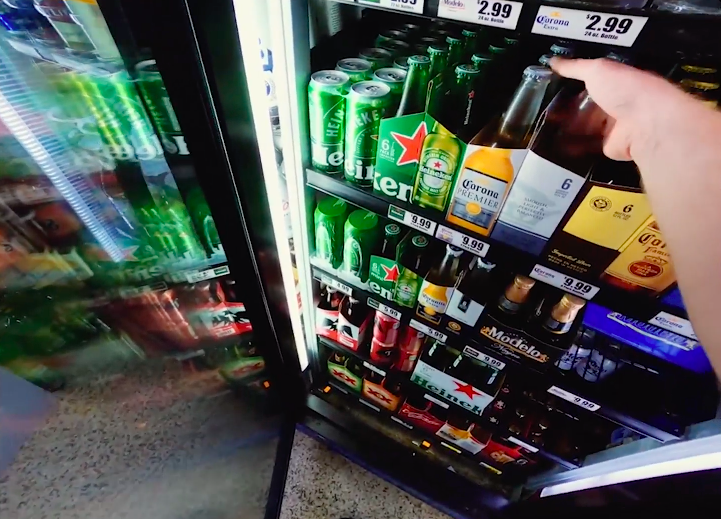

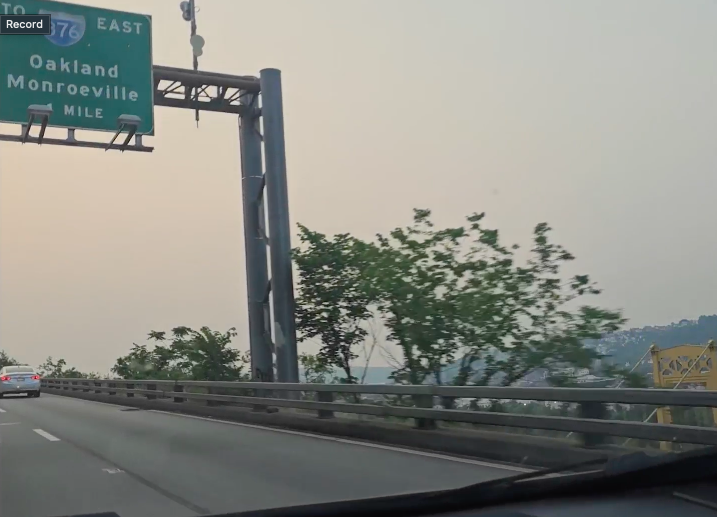
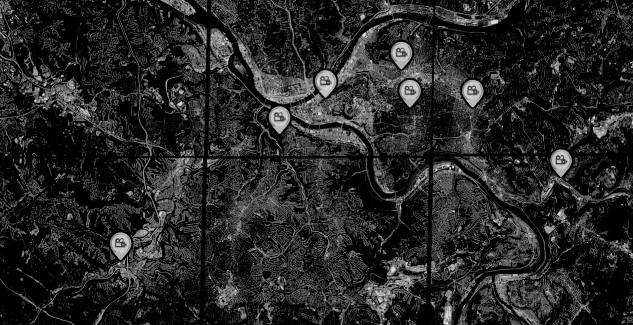
1. Step 1: Options for in-person and virtual trainings were provided to participants based on their availability and interests. At the training sessions, participants explored the research questions, learned filmmaking basics, and acquainted themselves with the equipment.
2.Step 2: Participants were provided iPads and filmmaking prompts to create their films over the course of 2-3 weeks in their own neighborhoods.
3.Step 3: Participants worked with a professional film editor to finalize their individual films according to their own vision using voiceovers, music, title slides, and other film editing techniques.
4.Step 4: In co-analysis, researchers met with each filmmaker to watch their film and ask follow-up questions related to the film. The researcher probed for components that may be unclear or and aimed to better understand unique stylistic choices.
5.Step 5: In group co-analysis sessions, the filmmakers screened their films to each other and commented on key themes and differences emerging from each film.
6.Step 6: Finally, the research team reviewed all films and data to synthesize key findings and themes that could help to provide insight into neighborhood and contextual factors that influence alcohol use and inequities in Pittsburgh.
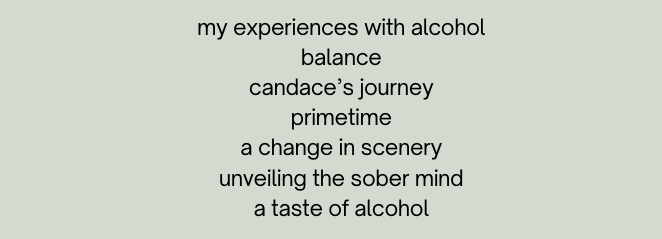
A Change in Scenery
alcohol is a glorified social construct
- by Tina Long
Primetime
racism and religion impact alcohol decision-making
- by MGF
Unveiling the Sober Mind
confronting trauma and awareness of mental health status influences alcohol
- by GK
A Taste of Alcohol
financial status and peers influence drinking behavior
- by Amy Smith
Candace’s Journey
parental status shifts priorities and drinking frequency
- by Candace
My Experiences with Alcohol
location influences alcohol consumption and comfortability
- by Gandolfslayer
Balance
life is enhanced but not controlled by alcohol
- by Rose Woods
In this Collaborative Filmmaking project, participants illuminated numerous factors that influence their alcohol experiences. They highlighted that alcohol is a glorified social construct, and that alcohol behaviors are influenced by geographical location, work environments, mental health status, family, peers, personal values, and more. These findings suggest that comprehensive, multi-level initiatives that consider the complex intersections of individual, community, and structural factors may be most effective in tackling alcohol-related challenges.
Visual style, illustration, and webpage created by Annika Agarwal.